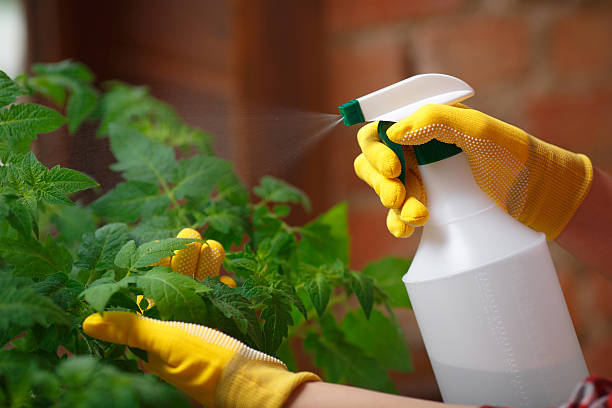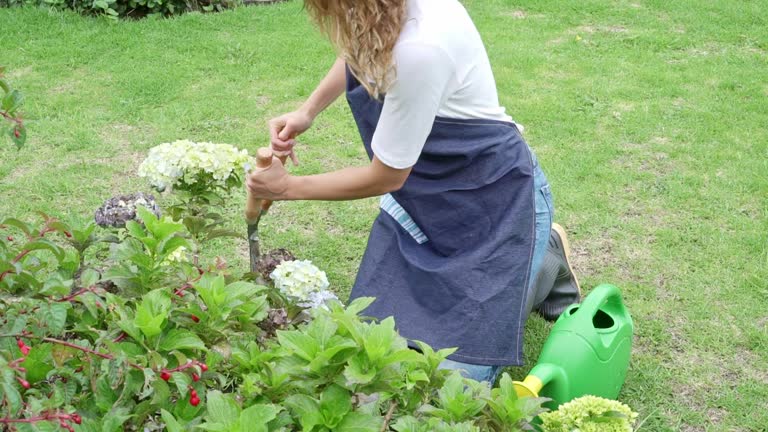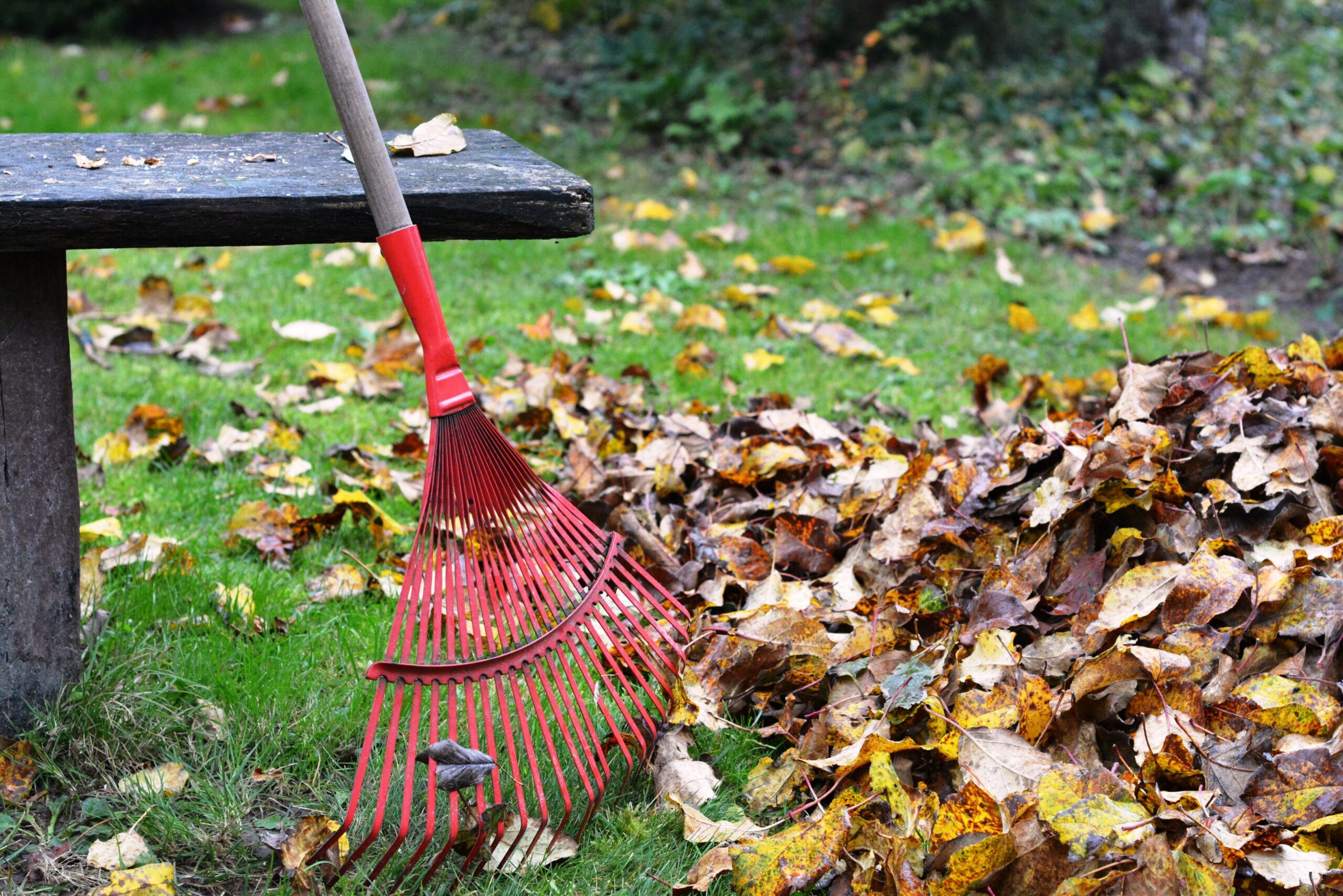Cleaning your garden regularly is essential for keeping it healthy, aesthetically pleasing, and free from pests. Here are some helpful tips to maintain a clean and thriving garden:




1. Remove Dead Plants and Weeds
Pull weeds regularly: They compete with your plants for nutrients and water. Be thorough, pulling them up by the roots.
Clear dead plants: Dying or diseased plants can attract pests and diseases. Could you remove them to prevent spread?
Compost healthy waste: You can compost the green, healthy plants you remove to create nutrient-rich compost for your garden.
2. Prune Overgrown Plants
Prune shrubs and trees: Trim back overgrown branches and stems to promote healthy growth and improve the appearance.
Cut back perennials: Deadhead flowering plants to encourage new blooms. Cut back any dead growth in the winter months.
3. Clean Up Fallen Leaves and Debris
Rake leaves: Fallen leaves can create a damp environment that fosters fungal diseases. Rake them regularly.
Clear debris: Remove sticks, dead flowers, and other debris that may have accumulated on the soil surface.
4. Tidy Up Paths and Borders
Edge your garden beds: Maintain neat edges for your beds and paths for a clean look.
Sweep or rake paths: Clear walkways of leaves and dirt regularly.
5. Check for Pests
Inspect plants for pests: Regularly check the undersides of leaves for pests like aphids or caterpillars.
Use natural pest control: Use neem oil or insecticidal soap to control pests.
6. Mulch
Apply fresh mulch: After clearing old mulch, apply a fresh layer to conserve moisture, prevent weed growth, and improve the garden’s appearance.
Choose organic mulches: Wood chips, straw, or shredded leaves improve soil quality over time.
7. Organize Your Tools
Store tools properly: Keep your garden tools clean and organized in a shed or storage area to avoid clutter and rust.
Clean tools regularly: Wipe off dirt and grime after each use to prolong their lifespan.
8. Tidy Up Containers
Clean pots and planters: Empty, clean, and disinfect pots if reusing them for new plants to prevent disease spread.
Organize small pots: Stack them neatly or store them in a designated area to reduce clutter.
9. Refresh Soil
Turn over the soil: Aerate garden beds by turning over the soil with a fork or tiller. This helps improve air and water penetration.
Add compost or manure: Refresh your soil by adding organic matter to boost its nutrients.
10. Water Wisely
Check irrigation: Ensure sprinklers and hoses are in good condition and not leaking. Clean clogged nozzles.
Avoid waterlogging: Don’t overwater your garden to avoid root rot and water wastage.
By incorporating these steps into your garden care routine, you’ll keep it looking fresh and promote healthier plant growth.







